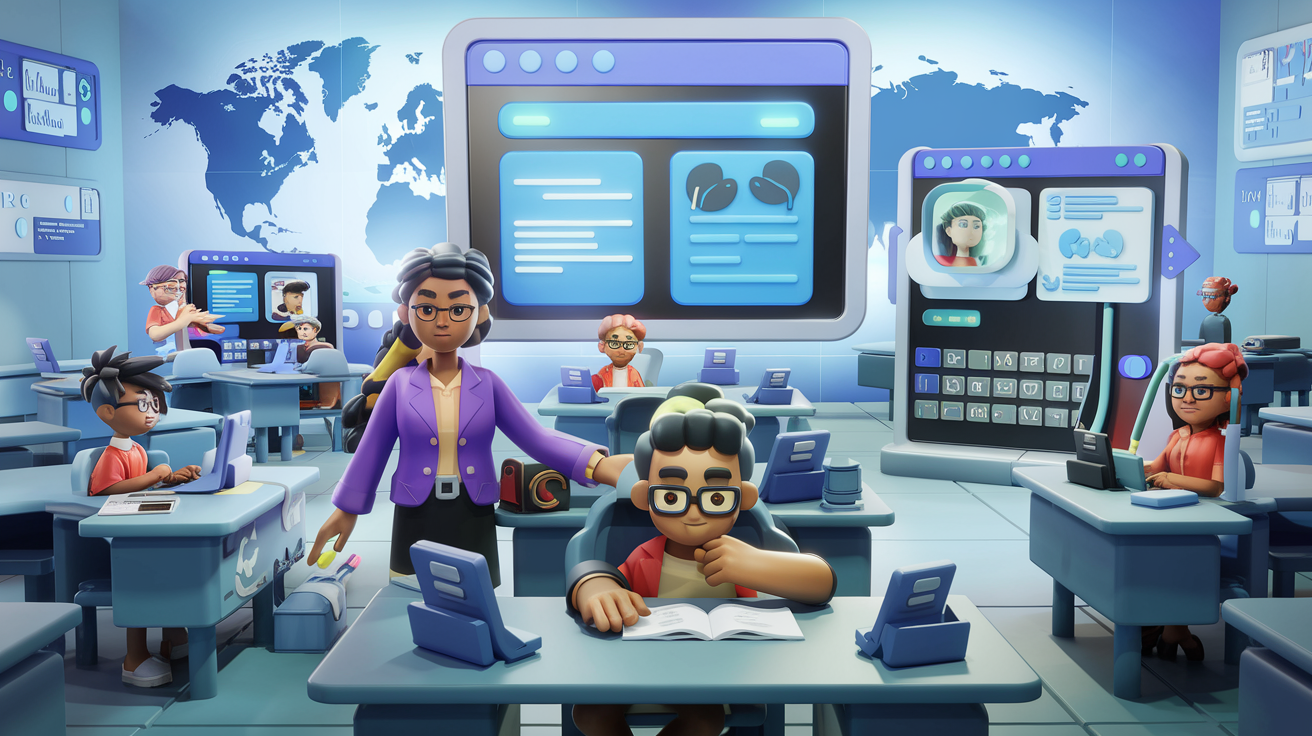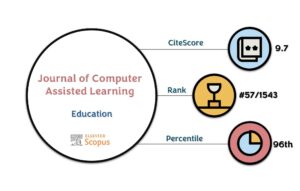Shadiev R, Chen X, Altinay F. A review of research on computer‐aided translation technologies and their applications to assist learning and instruction. Journal of Computer Assisted Learning.2024;40:3290–3323.
The study examines the integration of computer-aided translation (CAT) technologies in educational settings, with a particular focus on their role in enhancing language learning and translation skills. By reviewing existing research, it highlights how CAT tools, such as machine translation systems, translation memory software, and terminology databases, contribute to the development of linguistic proficiency and cultural awareness among learners.
The findings suggest that CAT technologies provide valuable support in the classroom by facilitating collaborative learning, offering immediate feedback, and exposing students to real-world translation practices. These tools enable learners to better understand the complexities of language and culture, thereby bridging gaps between languages and enhancing communication skills. Additionally, CAT technologies are shown to aid educators in designing more interactive and engaging lesson plans.

However, the study also identifies challenges associated with CAT use in education. Issues such as over-reliance on technology, inaccuracies in automated translations, and the lack of proper training for both students and teachers are highlighted as significant barriers. These limitations underscore the importance of carefully planning how CAT tools are introduced and integrated into the curriculum.
In conclusion, the study emphasizes the need for innovative approaches to maximize the potential of CAT technologies in education. By addressing their limitations and building on their strengths, educators can create learning environments that not only improve students’ translation abilities but also prepare them for the demands of a globalized world.
Prof. Dr. Fahriye Altinay is an academic member of Near East University, Faculty of Education and a chair of Societal Research and Development Center. She is currently working on joint research studies and project with co authors, Prof Rustam Shadiev from Zhejiang University, China. For those interested in research or collaboration in the fields of open education, educational management, educational technology, smart learning, or disability studies, Prof. Fahriye Altınay ([email protected]) welcomes inquiries. With extensive expertise in these areas, Prof. Altınay provides valuable insights and guidance for advancing research and building impactful partnerships.
Abstract
Background: Our study analysed 46 articles on computer-aided translation (CAT) and its educational uses. We explored two main areas: CAT technologies in learning and teaching, and the research methodologies of these studies.
Objectives: Our review covered the types of CAT technologies used, their applications in different learning settings, theoretical backgrounds and their pros and cons. We also looked at the research designs, participant demographics and data collection methods used in these studies.
Methods: We conducted an extensive search across academic databases using relevant keywords and employed open coding to analyse and categorize the content of identified articles, focusing on aspects related to CAT technologies in educational contexts.
Results and Conclusions: Our findings showed the use of 22 distinct CAT technologies, with Google Translate being the most common. The studies mostly used empirical research methods and questionnaires. University students were the primary participants. CAT technologies were applied in various contexts, including language learning, translation teaching, cross-cultural learning and foreign language lectures. We identified five key theoretical foundations for CAT use. Benefits included bridging language barriers, vocabulary enhancement, and grammar improvement as well as providing reference and feedback for writing and translation. Challenges included inaccuracies and inappropriate translations. However, most studies showed a positive impact of CAT on learning outcomes. Based on our analysis, we offer recommendations for educators and researchers in the field. This review provides a thorough understanding of CAT’s applications and effects in education, guiding future advancements in this area.
